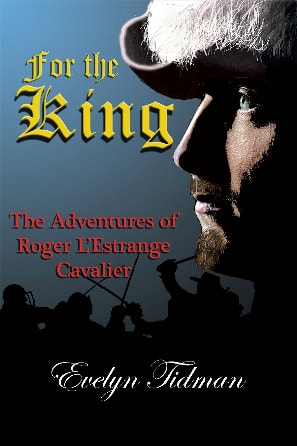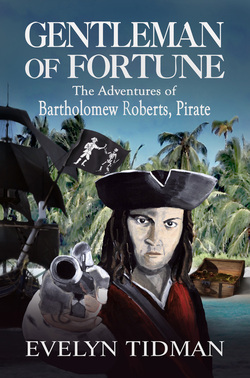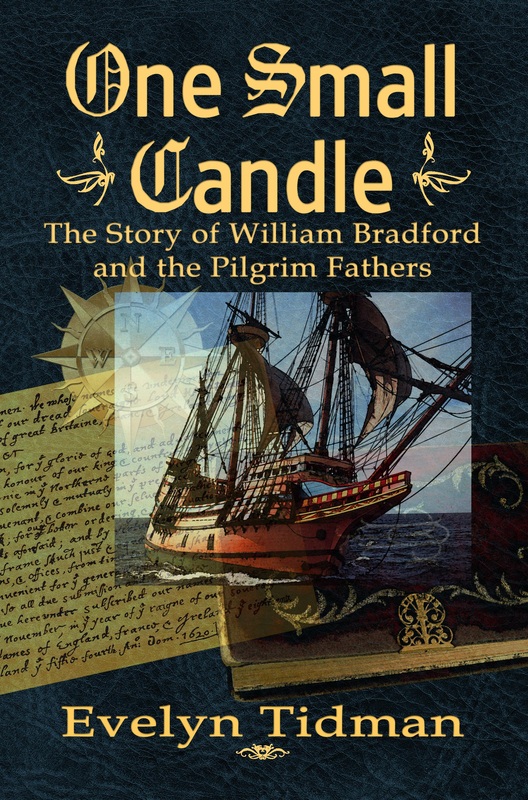The final straw came at Christmas 1647. In a wave of religious fervour, Parliament saw fit to ban the celebration of Christmas altogether, calling it a ‘pagan superstition’. In Canterbury, the mayor, one Michael Page, with the backing of the Kent Committee (the body ruling Kent and subject to Parliament) had a proclamation read in the streets that no shops were to be closed on 25th December (a Saturday that year), everyone was to treat it as a normal day, and the usual Saturday market, should still go ahead. No ‘plum broth’ or other Christmas food was to be prepared or eaten, no ‘herbs’ to be hung up in houses or windows.
According to Matthew Carter’s eyewitness account, on the said day, 25th December 1647, ‘many gentlemen and others of meaner rank . . . being religiously disposed to the service of Almighty God, according to the liturgy and orders of the church of England (a heinous offence in those times of reformation) met at St. Andrews Church in the High Street where the reverend Mr. Allday . . . preached a sermon suitable to the day.’
This triggered a noisy, disorderly protest outside the church by the ‘new saints’ as Carter calls them, making tumults in the streets and particularly beneath the church windows in an effort to drown out the sermon. The protest grew. Michael Page of Canterbury (‘a person knave enough, and I think, as much fool, as appears by his conduct’) attempted to persuade shop-keepers and other businesses to open for the day, and to order people to remove the ‘herbs’ from doors and windows, but to no avail. There was no market either, which enraged him further. One tradesman told the mayor what he could do with his decrees and mayor Page punched him in the face for his pains.
This triggered a full-scale revolt. The people of Canterbury rose up almost to a man and, grabbing the mayor, threw him in the ‘kennel’ that is the open sewer channel that ran down the middle of the street. He narrowly escaped with his life. In a separate incident, another man was killed.
The tumult escalated into full-blown riots lasting two or three days, unsettling the whole of Kent. Certain leading gentry of the city, notably Sir William Mann and Mr. Francis Lovelace together with the alderman of the city Mr. Avery Savine (Sabine) managed to quieten things down.
A month later, an ungrateful Parliament at the instigation of the affronted mayor, sent Colonel Huson and his regiment of foot to Canterbury to seize the ‘ringleaders.’ As a result they threw Sir William Mann, Francis Lovelace, Avery Savine and Dudley Wiles along with several other gentlemen into in Leeds Castle (near Maidstone, not in Yorkshire!) for two months. Some of them suffered extreme starvation, before they were mercifully released.
However, their freedom was short-lived. In May 1648 the mayor again prevailed on Parliament and these same men were summoned to stand trial by a special court of oyer and terminer (which just means a specially assembled court) at Canterbury Castle. Men from throughout Kent made up the grand jury, hand picked because of their supposed loyalty to Parliament. The judges, serjeant-at-law John Wild and serjeant-at-law William Steele had also been chosen because of their record of faithfulness to Parliament and their merciless (meaning cruel) zeal. In short, it was a court stacked against the defendants. The grand jury had a mandate to bring in a verdict of billa vera that is, a true bill, or case proven.
The judges sent them out again. Again, they brought in ignoramus. The court erupted with joy. The judges refused to acquit the defendants, however, until they had heard Parliament’s view on the matter, intending to bring in a second trial. But before they could do anything, a message came that the royalists had suffered a great defeat at St. Fagons near Cardiff. One of the court officials said to the jury: ‘Had we had this news before, we would have made you have found something else than an ignoramus.’ The grand jury spokesman replied: ‘Sir, neither your news, nor your threatening words, should have compelled us to give in a verdict upon another man’s life contrary to the result of our consciences!’
So the defendants were set at liberty again, but the gentlemen of the jury were so incensed that they met together and drew up a petition, which they intended to take to London, asking Parliament to release the King from prison and to have a dialogue with him on the governance of the country. Also to disband the hated newly-modelled army. It was printed and distributed throughout the county in order to gain signatures. There was an endorsement on the back: All copies of the petition to be taken to Rochester on Monday, 29th May, and that all who intended to accompany the petition to London to meet at Blackheath the following morning by 9.00 am.
The petition fuelled the people’s dissatisfaction with Parliament’s rule, and as it gained pace, Parliament acted, issuing a notice of antiprotest on 16th May 1648, to be read in all churches on Whitsunday, 21st May 1648. They sent armies into Kent to stamp out any signs of protest. The men of Kent responded and assembled themselves into armies, joined by disaffected cavaliers from all over England. The rebellion began to spread. A similar petition raised in Surrey was taken to London, but the leaders there were hasty in their actions, not gaining enough support and not waiting for Kent, and they were massacred. The county of Essex rose up in sympathy, as did many in London.
As the protests spread, Parliament got the wind up. In a desperate attempt to squash the petition, they sent none other than Thomas, Lord Fairfax and his troops to Kent. By this time the Cavaliers had a formidable army. Fairfax did not attack the royalist army at Rochester, now under the leadership of the Earl of Norwich, for they were numbering ten thousand, and he would have been out-numbered. Instead, he surprised the garrison at Maidstone, where three thousand royalists under Sir John Mayne put up a gallant defence for hours, a battle fought street by street.
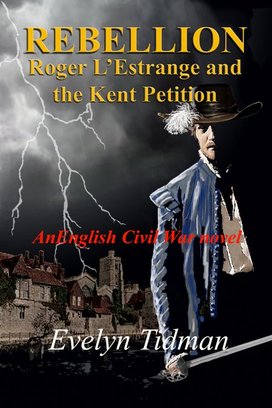
So the petition did not reach Parliament after all.
Some of the Royalist army travelled to Colchester in Essex where the Parliamentarians laid siege, and eventually Colchester capitulated, effectively ending the rebellion once and for all.
REBELLION, Roger L'Estrange and the Kent Petition out now on Amazon. Click HERE for Kindle and HERE for Print
FOR THE KING Roger L'Estrange and the Siege of King's Lynn which is available on Amazon. Click HERE to buy
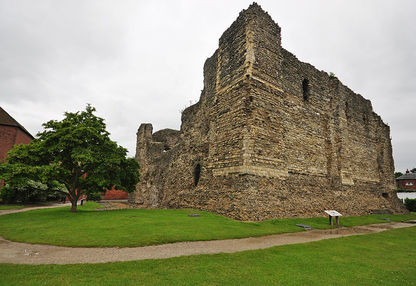
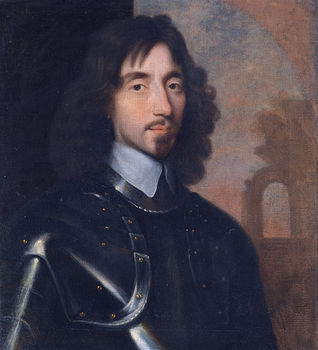
 RSS Feed
RSS Feed
